Amazigh identity, culture and language have been promoted by the state in recent years, a reversal of past policies.
When Mohammed Gazouli was a child, he remembers being made fun of for speaking Tamazight, the Amazigh language, in school.
“I felt alienated. Our identity was persecuted,” Gazouli told Al Jazeera. “Expressions of folklore were just for certain occasions.”
But now, Gazouli himself is a primary schoolteacher in the Atlas Mountain town of M’rirt – where he can teach Tamazight, which has been gradually expanded across Morocco in the past 20 years.
On June 1, Morocco’s Ministry of Education restated its commitment to expand the teaching of Tamazight in primary schools across the country over the next six years. Nearly a month earlier, Yennayer, the Amazigh New Year, was recognised as an official national holiday by the royal court.
The Amazigh (Imazighen) are the Indigenous people of North Africa. As Arab armies made their way into North Africa in the seventh century, many Imazighen people, also known as Berbers, assimilated into Arab culture, religion and language. Imazighen tribes wanting to preserve their identity sought refuge in the mountains, mainly in the Atlas and Rif regions of Morocco.
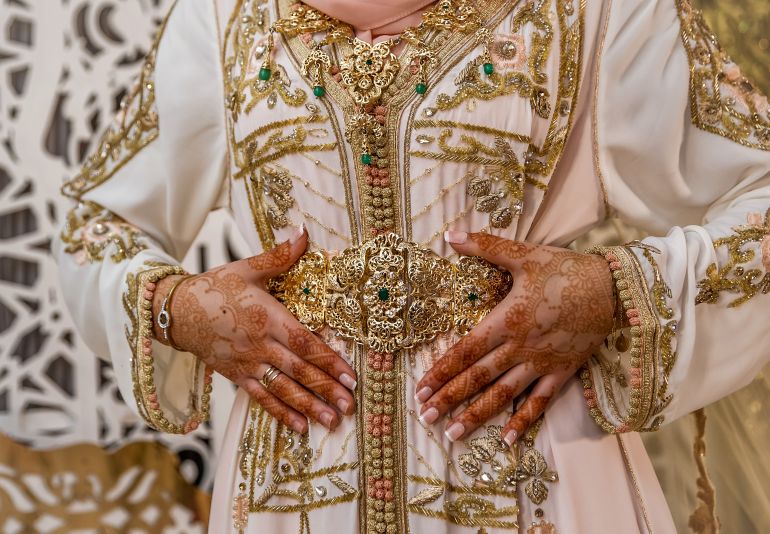
Today, everyone in M’rirt speaks the local Tamazigh dialect, and Imazighen like Gazouli are proud to see their culture on a national stage.
“Now you can express your Amazigh identity without the slightest reservation or shame,” Gazouli said.
‘Years of Lead’ and forcing a uniform Moroccan identity
The Rif Imazighen were able to resist Arab assimilation and fought French and Spanish occupation. They defeated the Spanish in 1921 and proclaimed the short-lived Republic of the Rif while Morocco was colonised. Later, as an independent Morocco sought a national identity, the Rif’s independent spirit was seen as a threat.
“As soon as France left Morocco in 1956, the kingdom proclaimed its new identity as Arabo-Islamic,” said Belkacem Lounes, secretary-general and former president of the World Amazigh Congress.
“The Moroccan Makhzen [government] then put in place its strategy of fighting against diversity in order to achieve the total Arabisation and Islamisation of the population,” he added.
With the emphasis on economic and diplomatic growth, locals feel that there was little focus on the needs of an Indigenous community that had made its home in the hills and had been marginalised.
“King Hassan II’s priority was to maintain and stabilise the unity of Morocco after colonisation so that our country did not fall apart,” Omar Majdi, a 23-year-old engineer from M’rirt, said, referring to the king whose reign began five years after independence. “In my view, it wasn’t neglect. We were simply not a priority at that time.”
But Lounes does not see it that way, pointing to how, in 1984, Hassan II described the Amazigh people of the Rif region as “awbash” (“savages” or “harmful parasites” in Arabic) and accusing him of refusing to recognise Morocco’s Amazigh identity or its ancient pre-Arab history.
He eventually did, however, commit in 1994 to the teaching of Tamazight in schools.
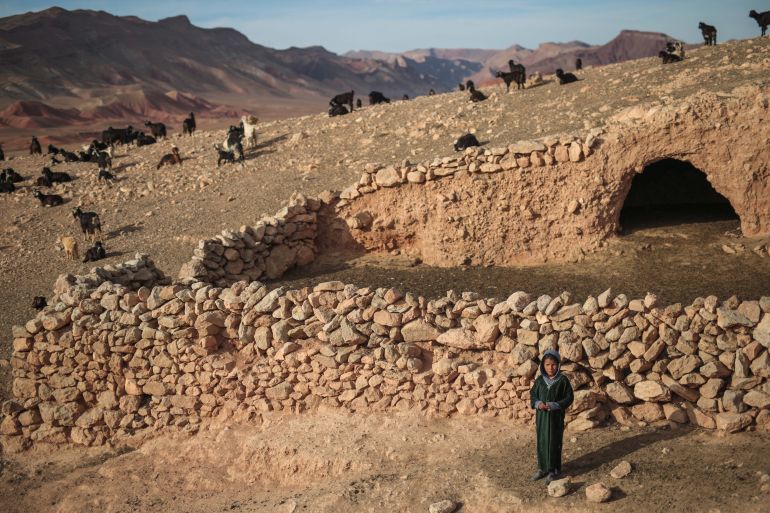
Hassan II’s rule was marked by a heavy-handed state presence that silenced opposition or deviation from the king’s plan for the country, particularly in the period from the 1960s to the 1980s that became known as the Years of Lead. But loyalty to the memory of the king who was seen to have driven Morocco forward after independence persists among many Moroccans.
The Imazighen of the Rif still do remember some of the repression.
Gazouli himself was not allowed to give his children Amazigh names when he became a father in 1997. “The civil status officer and the authority rejected them by saying that they were not Moroccan names.”
Is Mohammed VI changing the monarchy’s image?
Since ascending to the throne in 1999, King Mohammed VI “wanted to enhance his image as a young, modern, open … monarch who turned his back on his father’s Years of Lead and ushered in a new, more democratic era,” Lounes said.
A symbol of this, he said, was the 1999 sacking of Interior Minister Driss Basri, Hassan II’s right-hand man for 20 years and the prime mover behind the repression.
The young king had his own challenges, particularly political Islam and the threat it posed to the Moroccan ruling family, which claimed legitimacy through descent from the Prophet Muhammad.
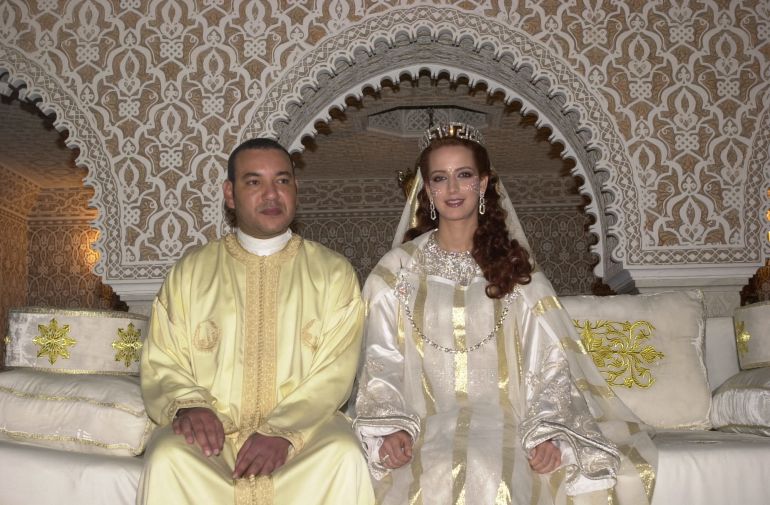
While his father chose force to subdue opposition, Mohamed VI “intended to curb the [political] Islamist movement by promoting Amazigh culture [as an alternative] to pan-Arabism and Islamism. The fact that his mother was of Amazigh origin from the Middle Atlas probably also played a part in the policy of rehabilitating Amazigh identity,” Lounes said.
The Moroccan royal family, the Alawites, originally came from Saudi Arabia’s Hejaz region in the western part of the Arabian Peninsula. They claim origins dating back to the Prophet Muhammad. However, they mixed with the Amazigh, especially the past three monarchs, who married the daughters of Amazigh tribal chiefs, royals and important families.
Sultan Mohammad V, Hassan II’s father, married Lalla Abla – Hassan’s mother – who came from the Glaoua Atlas Amazigh tribe. He also married Lalla Bahia, who was from a wealthy Amazigh family. Hassan II married and had children with Latifa Amahzoune, daughter of a governor from Zayane’s important Amazigh tribe. And King Mohammad VI married Lalla Salma, who is of Moroccan-Amazigh ethnic descent.
In 2001, Mohammed VI gave a speech that put Amazigh culture at the same level as Arab culture and announced the establishment of the Royal Institute of the Amazigh Culture (IRCAM) to preserve the culture, its language and the Tifinagh script it is written in.
Largely an oral language, the dearth of written Tamazight means that oral and written dialects have varied greatly from region to region, even within Morocco. According to Ahmed Boukous, IRCAM rector, research teams are codifying the Tifinagh script, unifying spoken dialects, documenting Amazigh history, and creating resources for teaching and translation. There is also work under way to develop more of a Tamazight presence in radio and television.
Younger Amazigh carry on the work
Massinissa of the Rif, an Amazigh activist and socialite who is also the great-great-grandson of Amazigh anticolonial figure Amghar Mohammed Ameziane, said Mohammed VI “know[s] that monarchy and state have to progress and modernise in order to survive and stay relevant”.

Although Massinissa grew up in Spain after his family left Morocco in 2004, he is deeply connected to his Amazigh identity, without which, he said, he would be lost. Speaking to Al Jazeera in Barcelona, the son of Tamazight writer Asmaa Aouattah and famous Riffian musician Sidi Abdelhak Akandouch, Massinissa spoke of his charity, the Rif Tribes Foundation, and his work to promote Amazigh culture.
“I feel like my parent’s biggest mission in life was that I and the rest of my family did not forget our identity, and it makes me happy to be part of this beautiful ethnic group that survived through history and is still fighting for its dignity.”
After the kingdom’s pro-Amazigh steps, Massinissa said: “I feel we are finally being given the respect we deserve … because he [Mohammed VI] legitimises our identity before the entire world … even in his way of dressing. He could wear suits, but he chooses to wear a djellaba and traditional hats and shoes.”
“His wife, Lalla Salma, wore a traditional Amazigh gown during their wedding ceremony, and not only that, but she also wore sacred pieces of jewellery, like the fibula on her shoulders. It is impressive to have the monarch’s consort reflecting our tradition in such a beautiful way.
“We are finally not seen as barbaric ‘Berbers’. We are seen as a dignified, beautiful, elegant ethnic group with an impressive history.”
While he is happy with these acts of recognition, Lounes asserted: “The royal commitment must not be limited to the symbolic. It must tackle the racism and discrimination to which Tamazight and the Amazigh people are subjected by Moroccan public and private institutions.”
Tamazight was recognised as an official language of the kingdom in its 2011 constitution, but it was only in January that the government announced it would introduce Tamazight in political and administrative life and public services – areas until now reserved for Arabic and French.
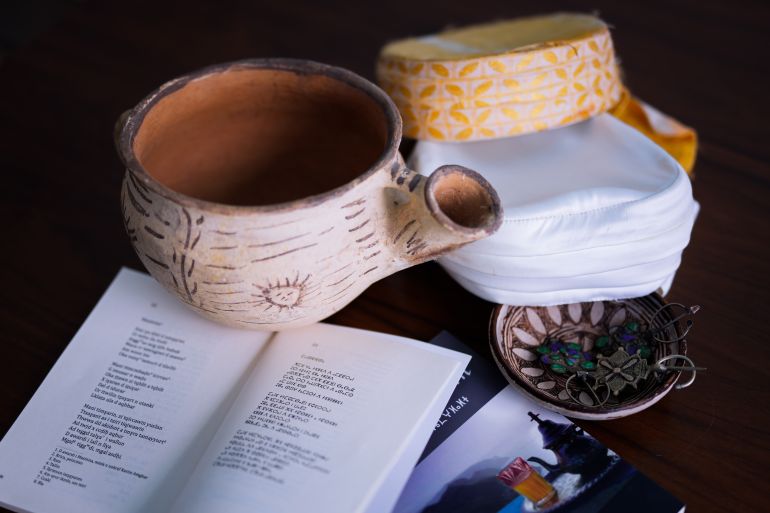
Massinissa said he dreams of Tamazight and Arabic being spoken equally in Morocco although he recognises it may be a struggle. “Tamazight is a very complex language, and it gets harder with all the dialects we speak, so I understand how hard it is to make it all happen so fast.”
While still critical of the government, Lounes is proud of the progress.
“Now everyone knows the history of Morocco did not begin in the seventh century with the arrival of the Arabs in North Africa, that the Amazigh are the Indigenous people … and that the Amazigh language is a real language and not a dialect as it has long been contemptuously presented.”
Source : Al Jazeera







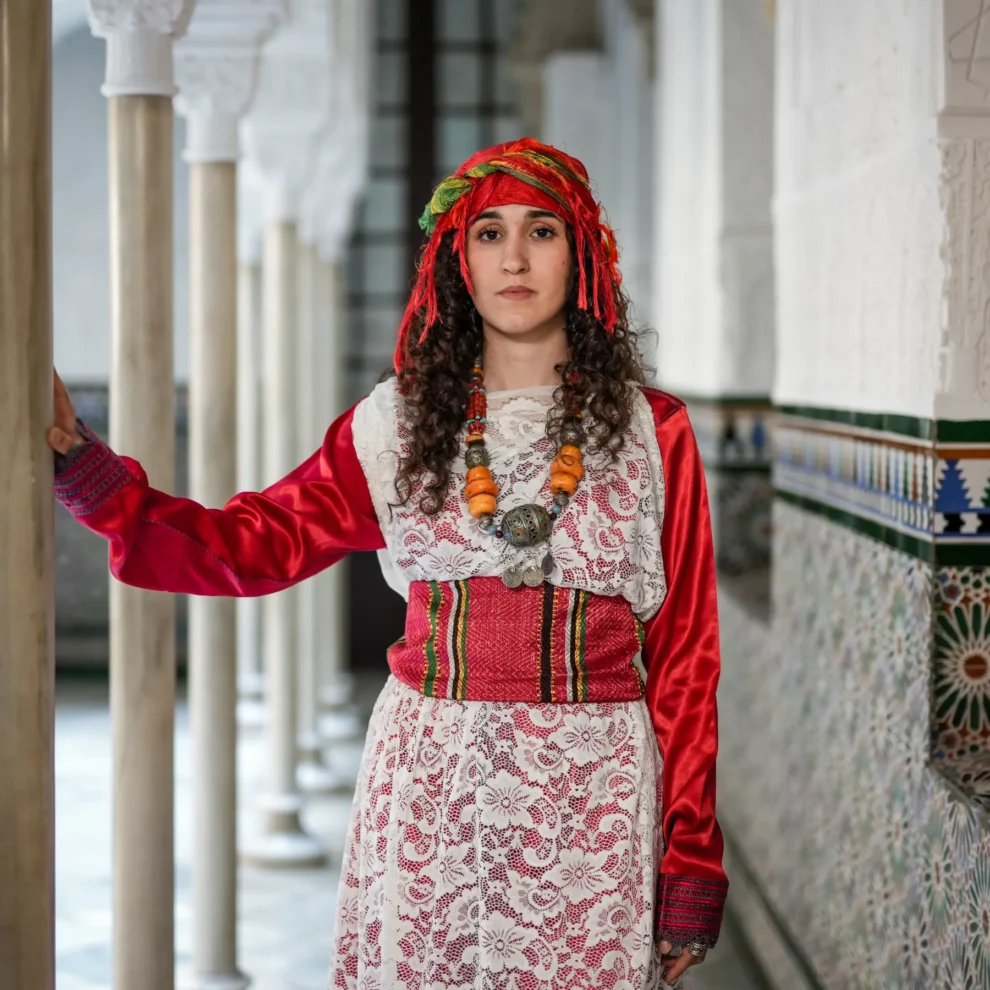



Add Comment